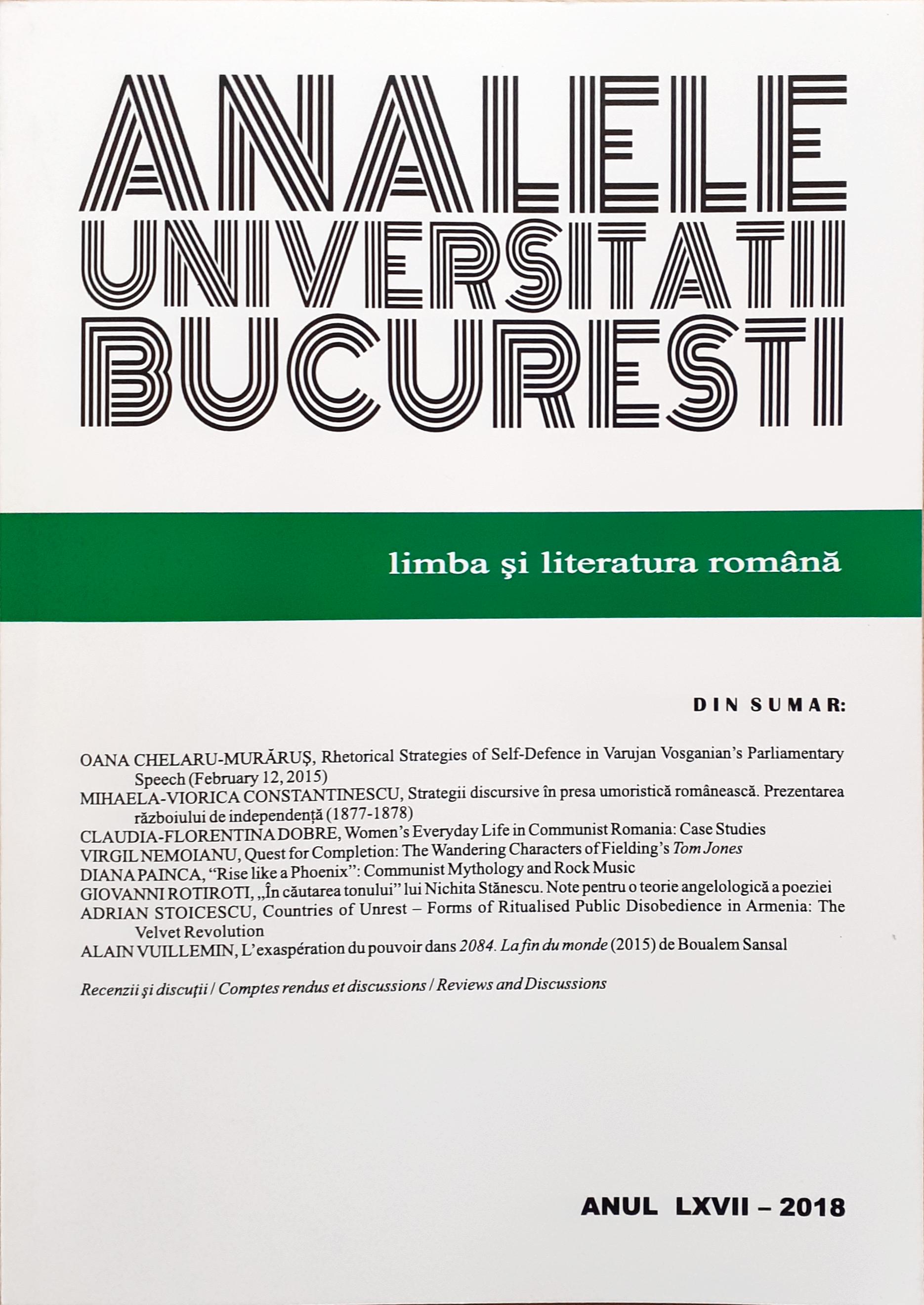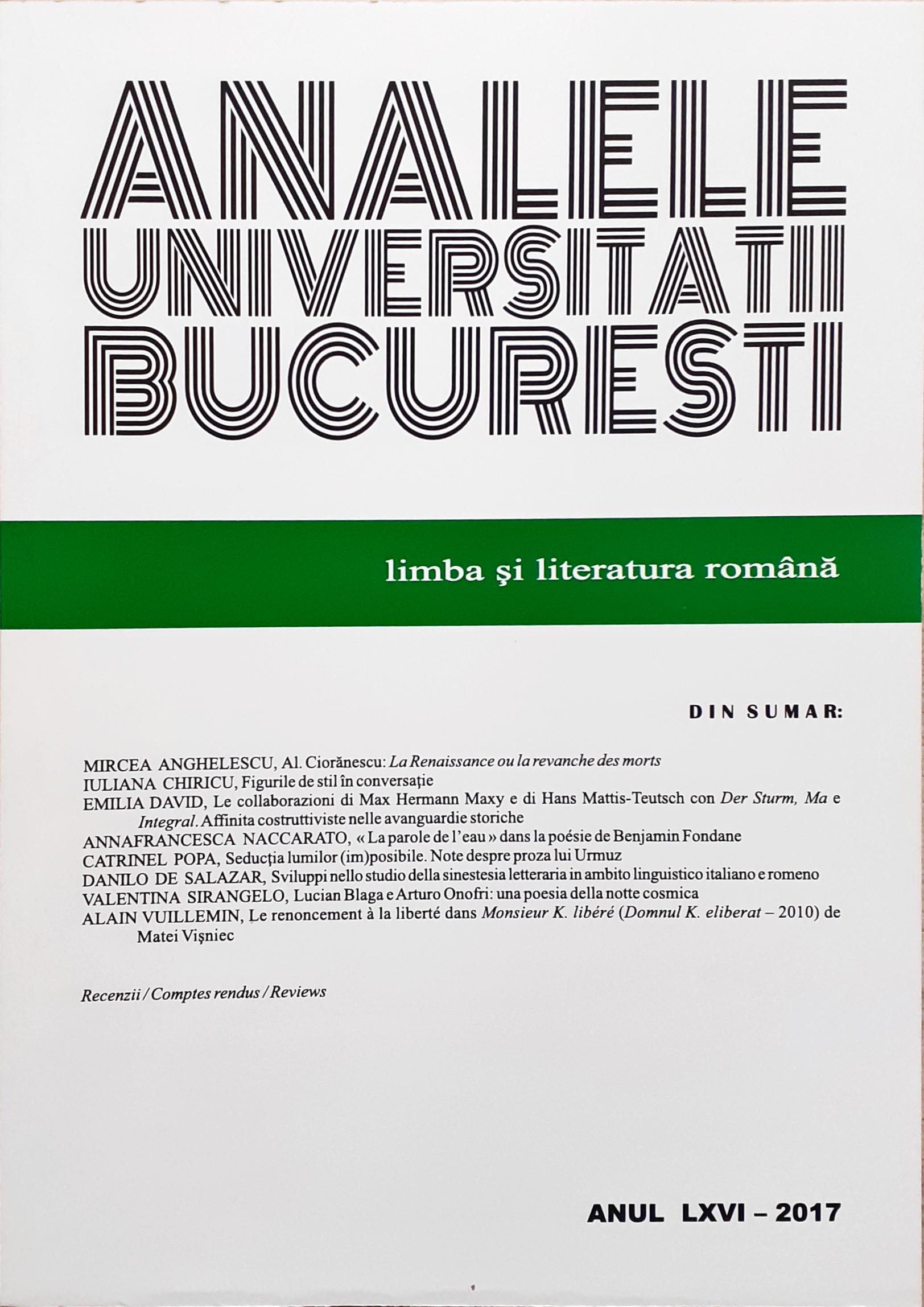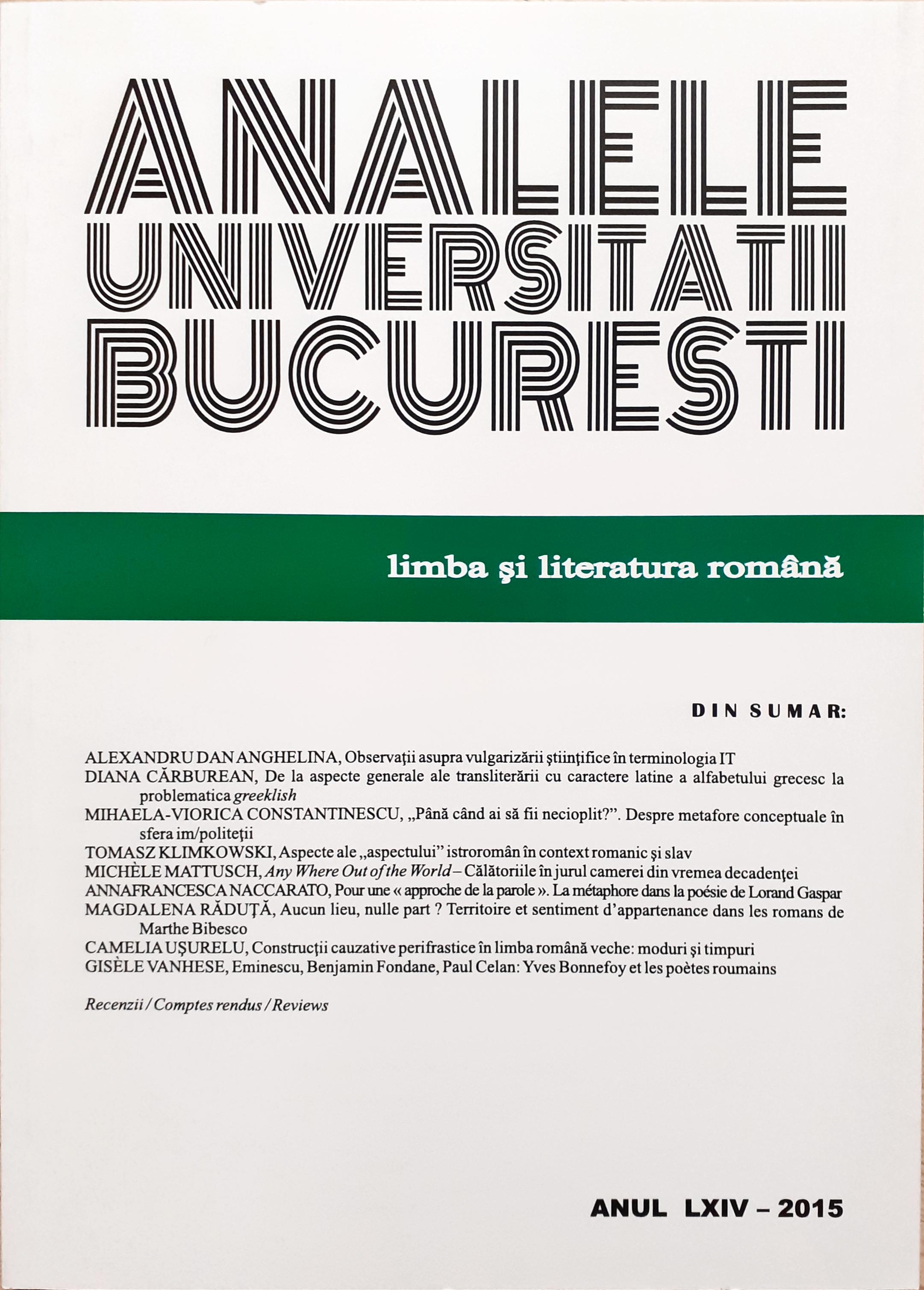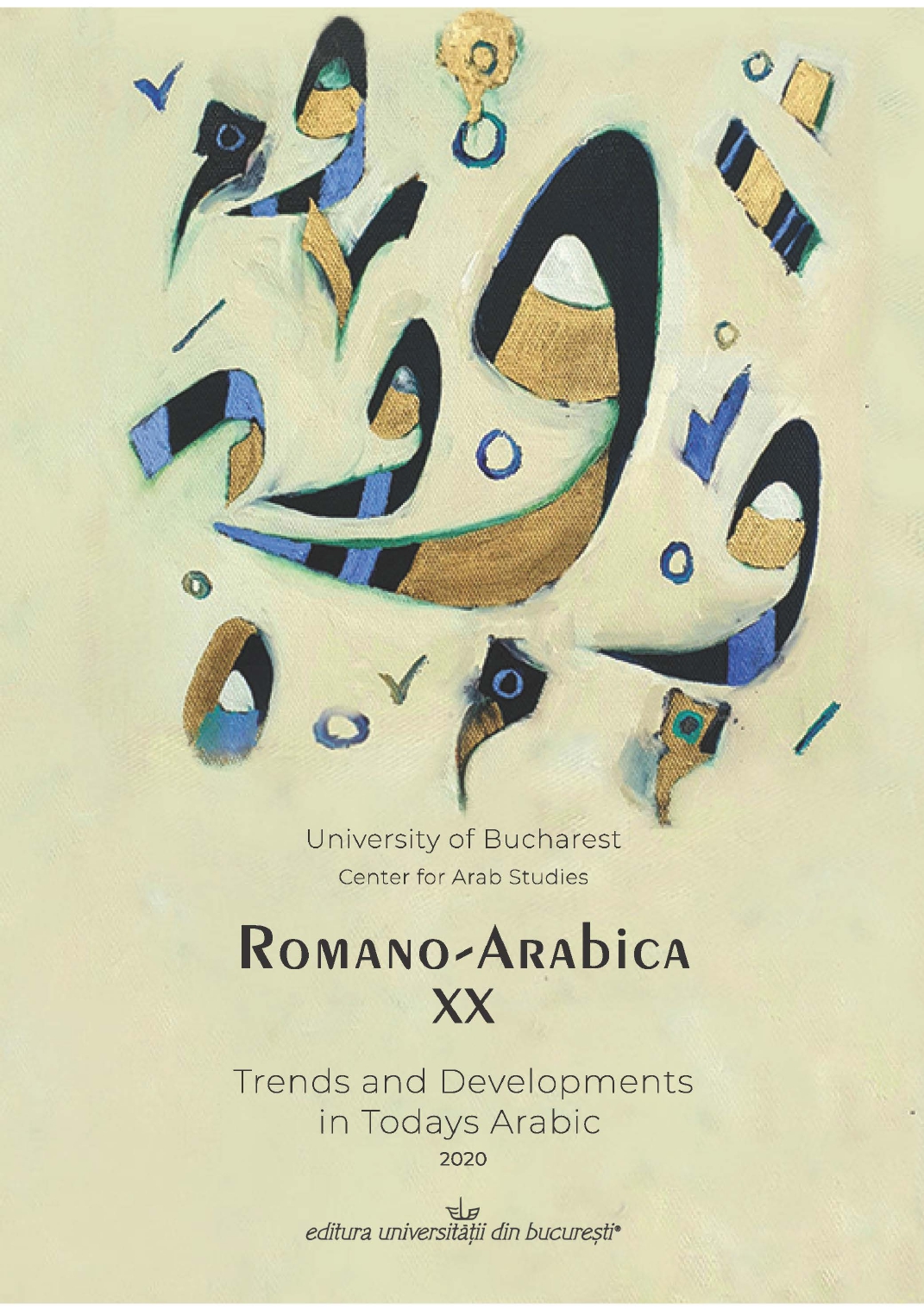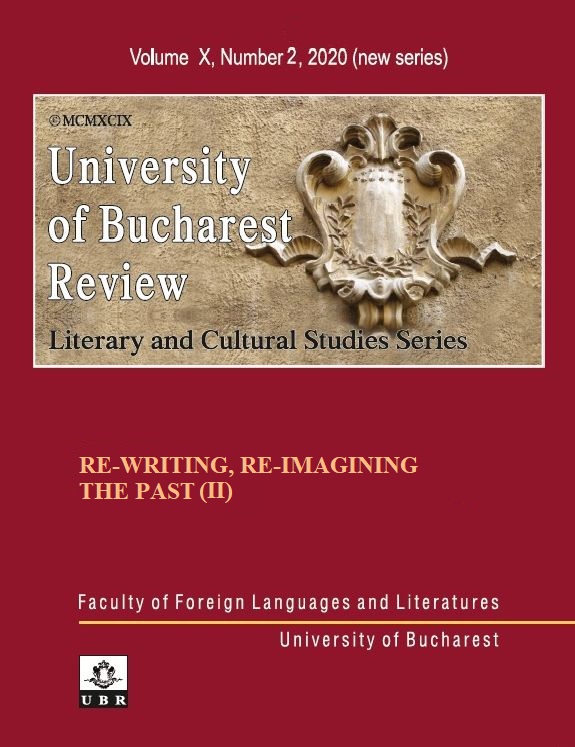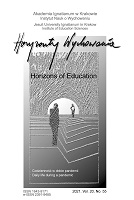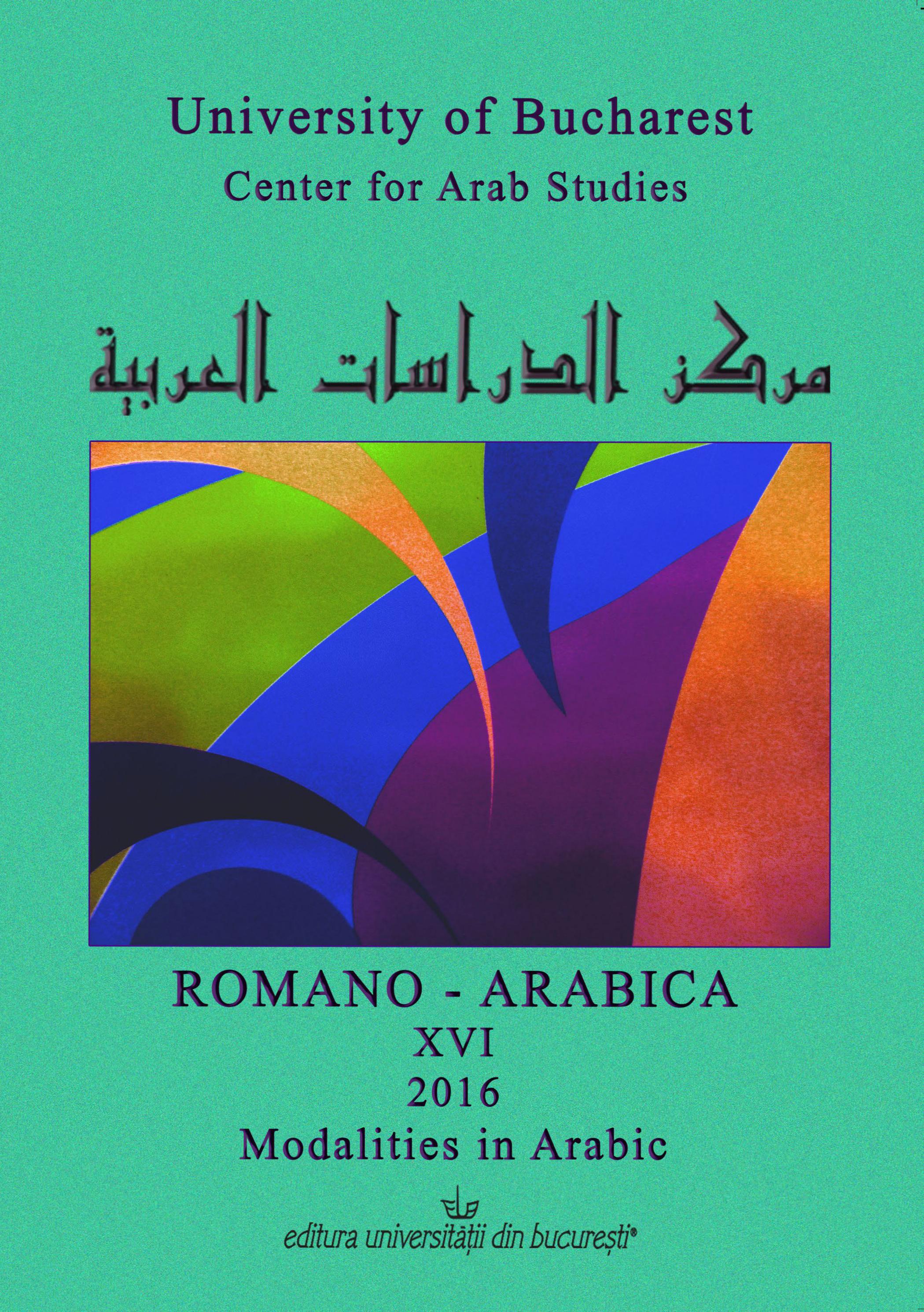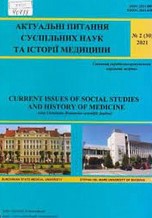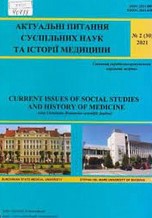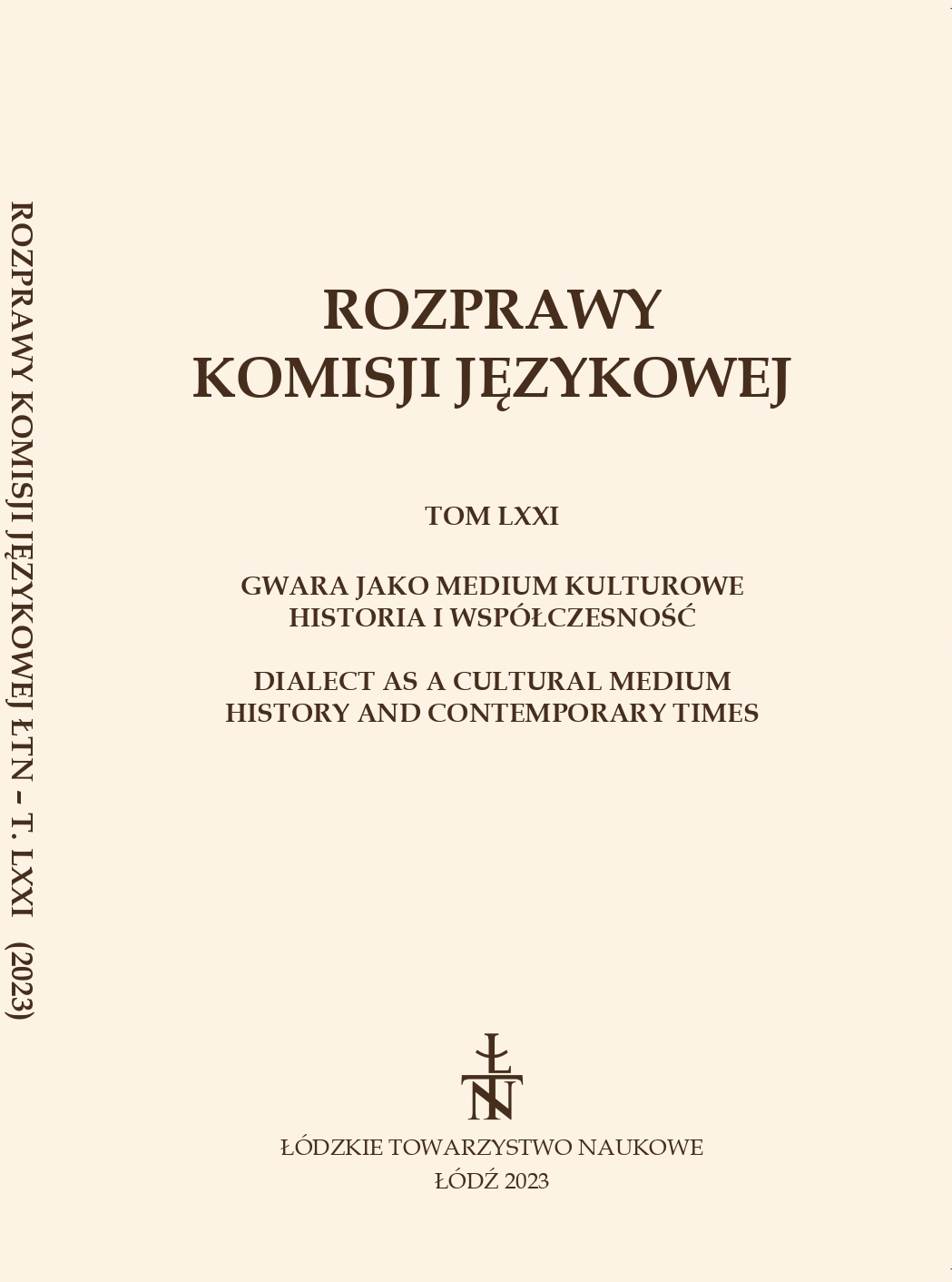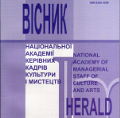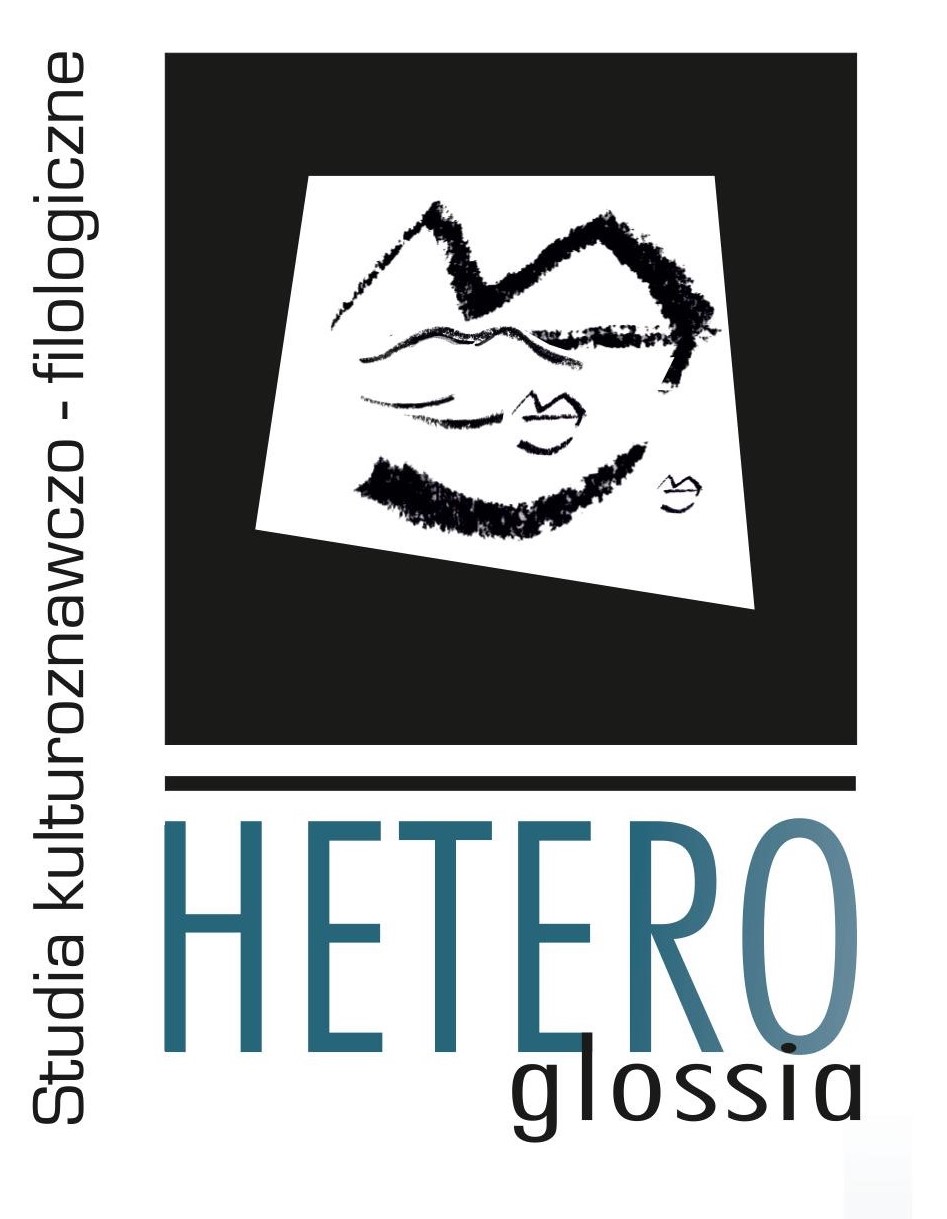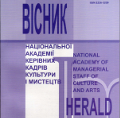Author(s): Ivanna Struk,Natalia Rusnak / Language(s): Ukrainian
Issue: 1/2023
The national spiritual treasures of the people include the language, which reflects its outlook, psychics, lifestyle, traditions, culture, rituals and beliefs - all that reproduces the soul of the people and determines the national mentality. The language finds verbal means of characterizing the most diverse phenomena of life, bright in content and form in paremias. Proverbs and sayings are the generalized memory of the people and the result of their observations of life and natural phenomena, which enables the younger generation to formulate views on ethics, morality, history and politics. The topicality of scientific research is determined by the need to study the linguistic specificity of paremiological units in the aspect of the textual organization of this genre as part of the spiritual culture of the Ukrainian nation, which preserves the memory of the people and observations of life and natural phenomena. The purpose of our article is to analyze the linguistic features of paremias with the reference word for nature, in particular, their semantic organization and thematic groups. The following methods and techniques of linguistic analysis are used in the article: system-functional analysis, component method, contextual-interpretive method, method of stylistic analysis. The scientific novelty of the research consists in deepening the knowledge about paremias, in the analysis of the semantic nature of proverbs and sayings, taking into account the means of artistic expression. Conclusions. The analyzed material proves that in the minds of our ancestors, each primary element corresponded to a certain element: water was associated with space, fire with soul, earth with time, air with wisdom. According to the semantics, we distinguished three groups of paremias with a reference word for the designation of nature: observation of nature; paremias with generalizing meaning; didactic paremias. However, paremias with a reference word for nature have different degrees of generalization. It has been studied that proverbs about the seasons are often used in their literal meaning, without subtext or excessive artistic imagery, but there are some that have several meanings. We see the perspective of further research in the analysis of communicative and pragmatic features of Ukrainian paremias.
More...
